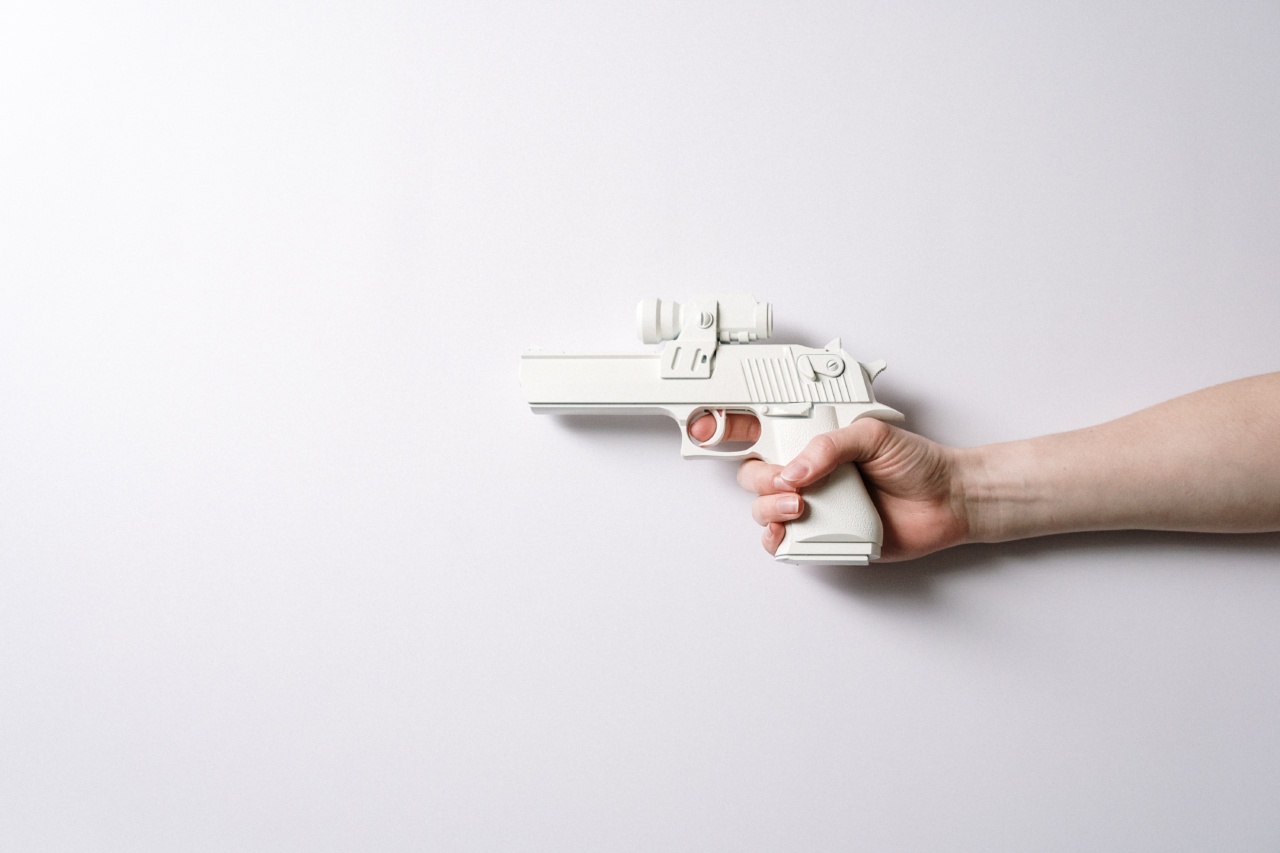Microwaving is a convenient and time-saving method for cooking and reheating food. However, there have been concerns that microwaving plastic containers can release harmful chemicals into the food and air, posing health risks.
In this article, we will examine whether microwaving plastic is dangerous for your health.
What happens when plastic is microwaved?
When you microwave food in plastic containers, the plastic can become hot and release chemicals into the food and the air. This is more likely to happen when the plastic is exposed to high heat, acidic or fatty foods, or when it is old or scratched.
The chemicals that can be released include bisphenol A (BPA), phthalates, and dioxins. BPA is a hormone disruptor that is used in the production of plastics and can cause health problems such as infertility, obesity, and cancer.
Phthalates are used as plasticizers to make plastic more flexible and can interfere with the reproductive system. Dioxins are toxic chemicals that can cause cancer and immune system dysfunction.
Which plastics are safe for microwaving?
Not all plastics are created equal, and some are safer than others for microwaving.
Plastics that are labeled microwave-safe should be free from BPA and phthalates and should be able to withstand high temperatures without melting or releasing harmful chemicals.
Generally, plastics with the recycling codes 1, 2, 4, and 5 are considered safe for microwaving.
These plastics are made of high-density polyethylene (HDPE), low-density polyethylene (LDPE), polypropylene (PP), or polystyrene (PS) and are commonly used for food containers such as milk jugs, yogurt cups, and takeout containers.
On the other hand, plastics with the recycling codes 3, 6, and 7 should not be microwaved. These plastics may contain BPA, phthalates, or other harmful chemicals and may release them when heated.
Tips for safely microwaving food in plastic containers
If you choose to microwave food in plastic containers, here are some tips to minimize the risks:.
- Use microwave-safe plastic containers that are free from BPA and phthalates.
- Avoid microwaving old or scratched plastic containers as they may release more chemicals.
- Do not microwave plastic containers that are not labeled as microwave-safe.
- Avoid microwaving high-fat or acidic foods in plastic containers as they may increase the risk of chemical leaching.
- Use a microwave-safe lid or vented cover to prevent splatters and minimize the risk of chemicals leaching into the food.
Alternative methods for reheating food
If you are concerned about the risks of microwaving plastic containers, there are alternative methods for reheating food.
One option is to use glass or ceramic containers instead of plastic. These materials are generally considered safer than plastic and do not release harmful chemicals when heated.
Another option is to use stovetop or oven heat to reheat food. This may take longer than microwaving, but it is a safer alternative that does not involve plastic containers.
Conclusion
Microwaving plastic containers can be convenient, but it can also release harmful chemicals into the food and the air.
To minimize the risks, use microwave-safe plastic containers that are free from BPA and phthalates, avoid microwaving old or scratched plastic containers, and do not microwave plastic containers that are not labeled as microwave-safe. Alternatively, use glass or ceramic containers or stovetop or oven heat to reheat food. By taking these precautions, you can enjoy the convenience of microwaving without compromising your health.






























